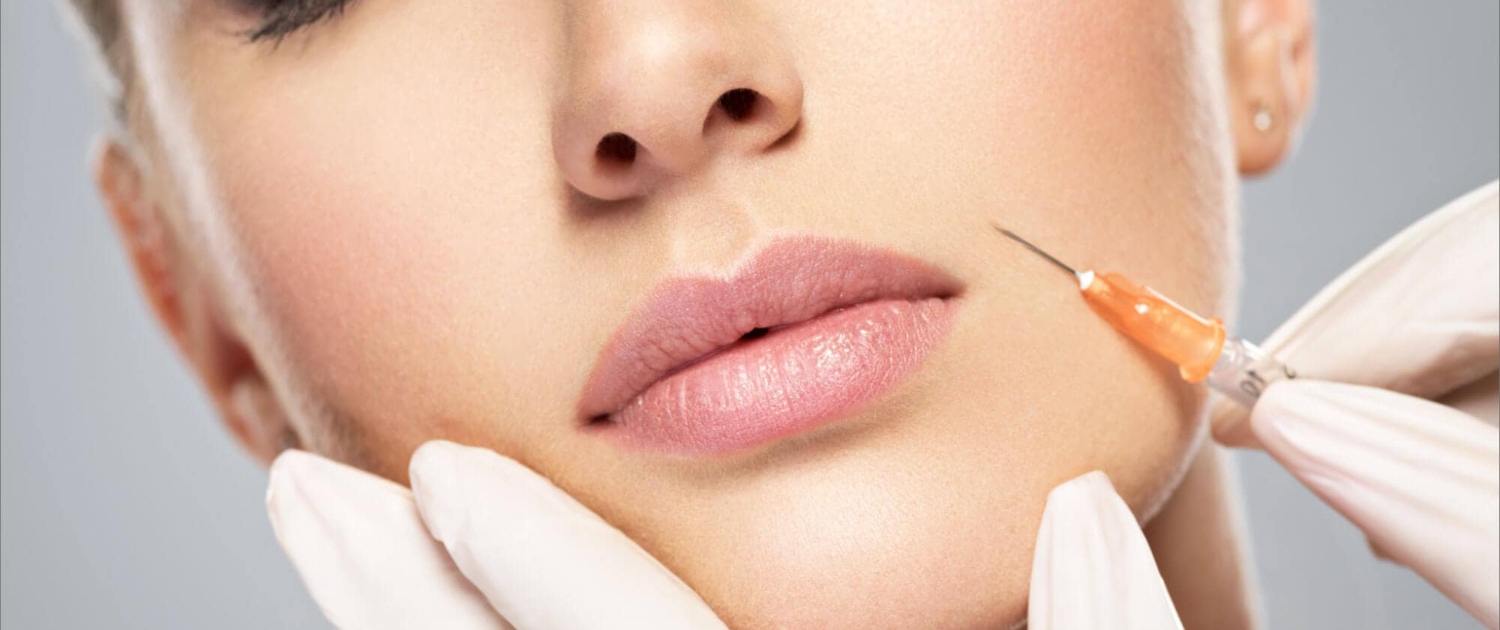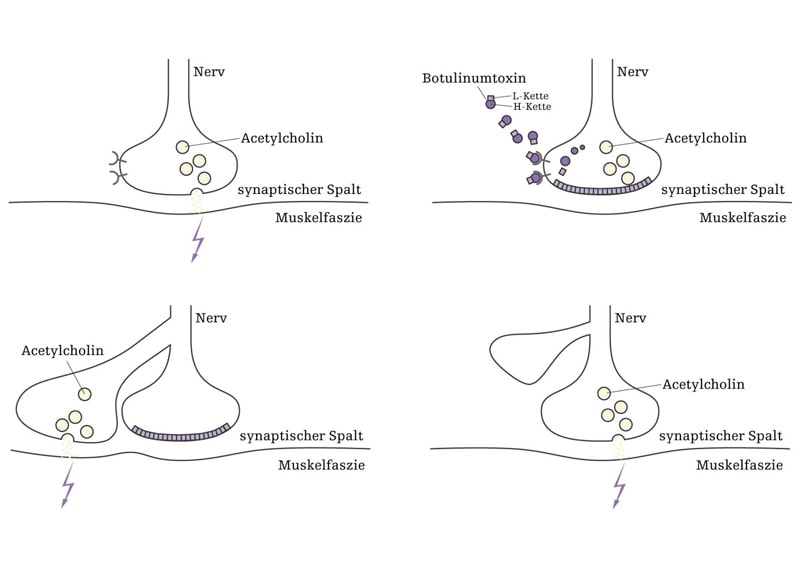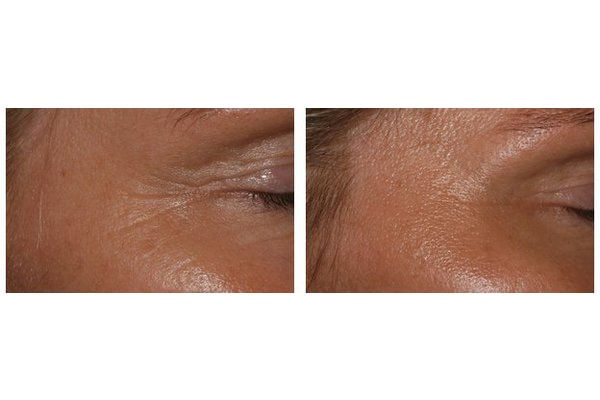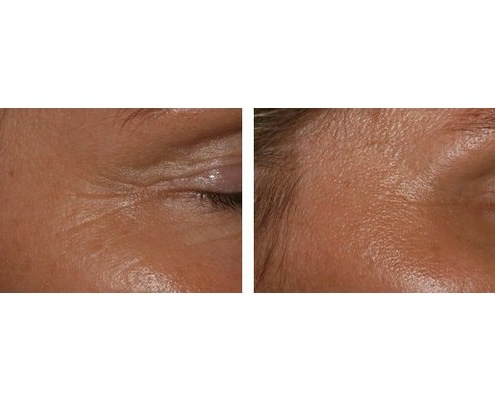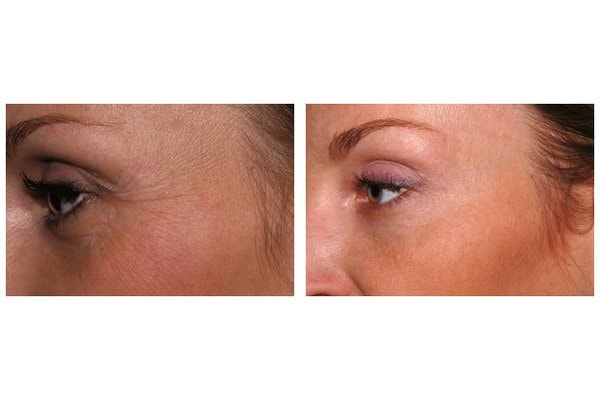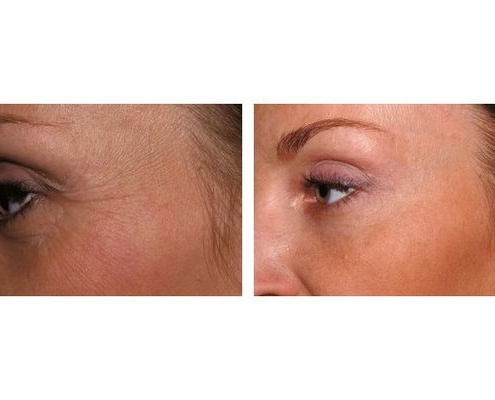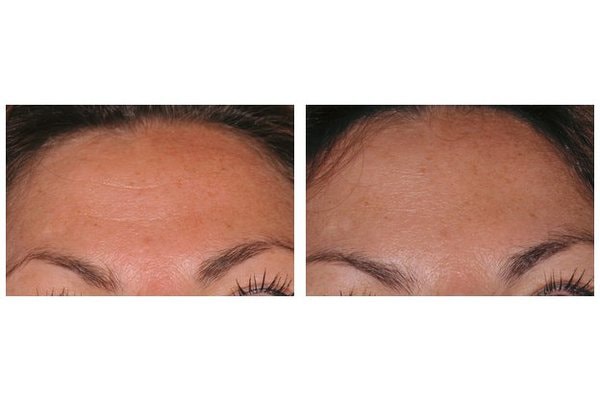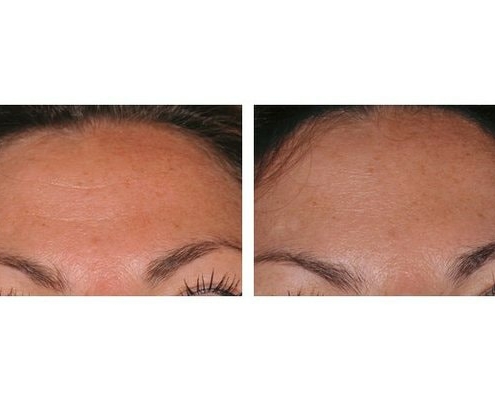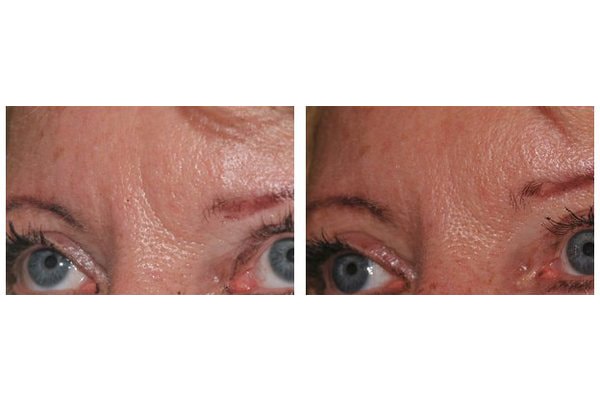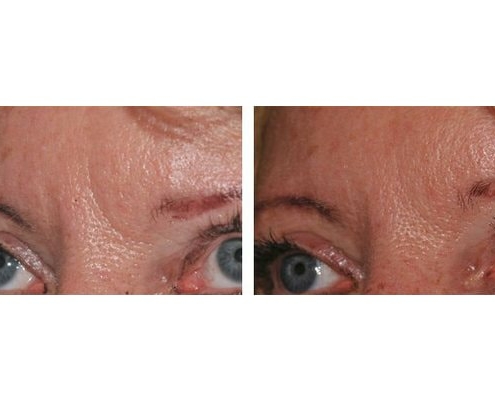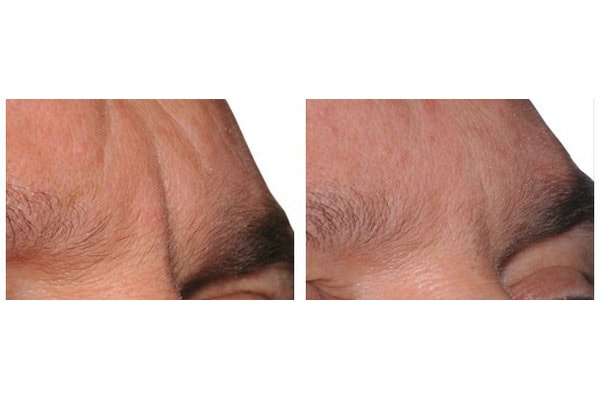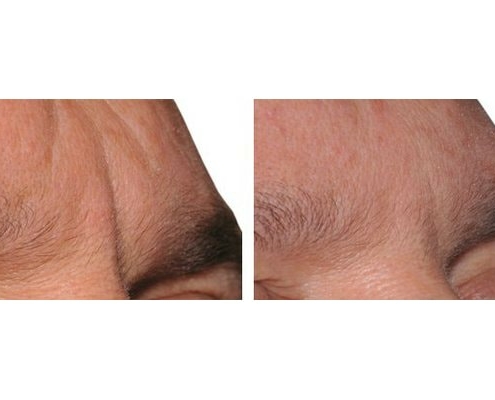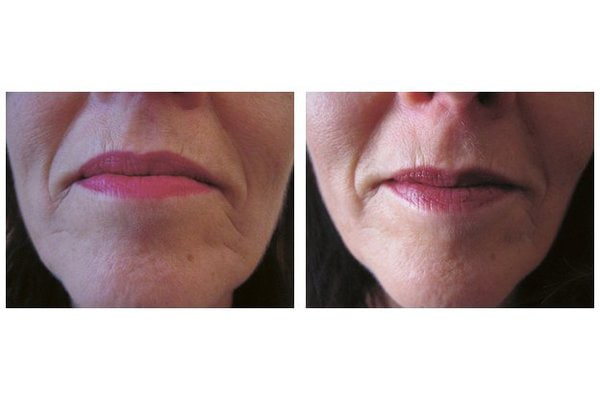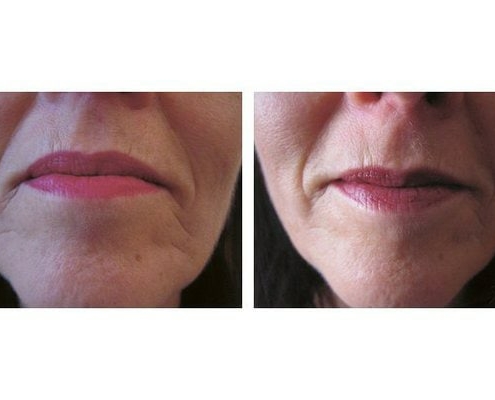1. What is Botox?
Botulinum toxin – BTX is a naturally occurring protein that is used by different strains of the bacterium Clostridium botulinum produced and released in absence of air. It was first described in 1817 and was most often found in sausages and canned meat.
2. How does Botox work?
BTX blocks the neurotransmitter acetylcholine (Ach), temporarily paralyzing the muscles that cause wrinkles while giving the skin a smoother, and more refreshed appearance. The elimination of wrinkles in the face with Botox is therefore the immobilization of the muscles, resulting in that overlying skin can not wrinkle. Botox is not a filler, so no wrinkles with be injected with Botox.
3. How long do the effects of Botox last?
Botox works within 24 hours and is metabolized by the body within 3-6 months when it will lose its effect. Botox must therefore be injected at regular intervals for permanent results.
4. Does Botox work every time?
No, 3-7% of people are immune to Botox or show only a slight reaction.
5. Where can Botox be used?
BTX is particularly suitable for the treatment of so-called Glabella region (“frown lines”), for the forehead (“worry lines”) and “crow’s feet” (smile lines at the sides of the eyes, known as the “periorbital region”). Experienced doctors, using minute amounts of BTX can also raise the lateral eyebrows (“chemical brow-lift”), can produce a broadening and rounding effect of the eye, weaken radial lines on the upper lip and lift a drooping mouth.
6. Can Botox be used to treat excessive sweating (hyperhidrosis)?
Yes, Botox is used for hyperhidrosis in the armpits, hands and feet. This is possible because the activity of sweat glands is controlled by nerve impulses and Botox may reduce the pulse rate by blocking the neurotransmitter ACh. This results in a significant improvement in the quality of life of patients. In contrast to other (surgical) procedures to suppress the production of sweat, there is no treatment for the BTX-compensatory sweating in other parts of the body.
7. Does a Botox treatment hurt?
The needle is very thin and the procedure is relatively painless.
8. What complications can occur?
If used properly by an experienced practitioner, the use of BTX is a safe and low side effects procedure. Nevertheless, as in any medical treatment, side effects and complications can occur. Some side effects include swelling and bruising and tiny little scabs at injection points. Sometimes it can also lead to paralysis of the adjacent muscles, which is always temporary.
9. Can a Botox treatment be performed during the lunch break?
Yes, absolutely. A Botox treatment lasts on average 5-10 minutes. The injection sites can be covered up with make-up.
10. What medications that contain botulinum toxin are allowed on the market?
Botulinum toxin type A is offered in Austria as a drug by four different companies: “Botox” and “Vistabel” by Allergan, “Dysport” by Ipsen, “Xeomin” by Merz and Neurobloc “by Elan Pharma. All of these products contain botulinum toxin type A, but differ in their preparation and concentration. Similar to “Asprin”, whose brand name is mentioned on behalf of medications containing the active ingredient acetylsalicylic acid, “Botox” is the brand name for a number of medicinal products, which contain botulinum toxin.

